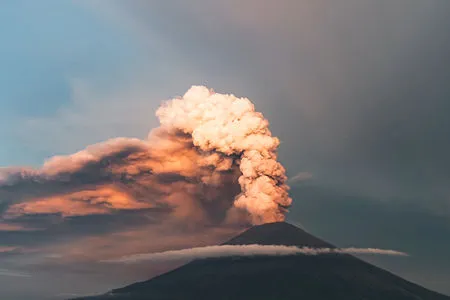
Air quality
Understanding the complex interaction process between the solar radiation and the atmospheric components is the core expertise of HYGEOS. In particular, HYGEOS has a recognized expertise in the characterisation and the modelisation of the aerosols at global scale. That’s why HYGEOS is strongly involved in the Copernicus Atmosphere Monitoring Service (CAMS) which provides, amongst others, global atmospheric composition products using the Integrated Forecasting System (IFS) of the European Center for Medium-range Weather Forecast (ECMWF). HYGEOS leads the CAMS2_35 consortium that maintains and further develops global aerosol and chemistry modules as currently implemented in the IFS, to implement an integrated chemistry-aerosol framework for relevant processes, and to develop and evaluate global products.

Forecasts of total aerosol optical depth in early June 2023, showing large fire plumes over Canada. Image produced with data from the global CAMS IFS with contribution from HYGEOS. From M. Parringtom (ECMWF)
In parallel, HYGEOS participates in two HORIZON EUROPE R&D projects which both prepare the evolution of the CAMS. Firstly, the CAMEO project aims at preparing the CAMS for the uptake of upcoming satellite data, advance the data assimilation and inversion capacity of the global and regional CAMS production systems beyond the state-of-the-art and develop methods to provide novel uncertainty estimates for CAMS products. Secondly, the CAMAERA project, coordinated by HYGEOS, focus on the quality enhancement of CAMS aerosol products through improvements of the modelling and data assimilation aspects of the CAMS system.
HYGEOS characterises extreme atmospheric events
More details about recent HYGEOS projects on air quality:
- Copernicus Atmosphere Monitoring service AERosol Advancement (CAMAERA)
- Copernicus Atmosphere Monitoring service EvOlution (CAMEO)
- CAMS2_35: development for reactive gases and aerosols in the global system
- Detection of extreme events by PCA from IASI data


